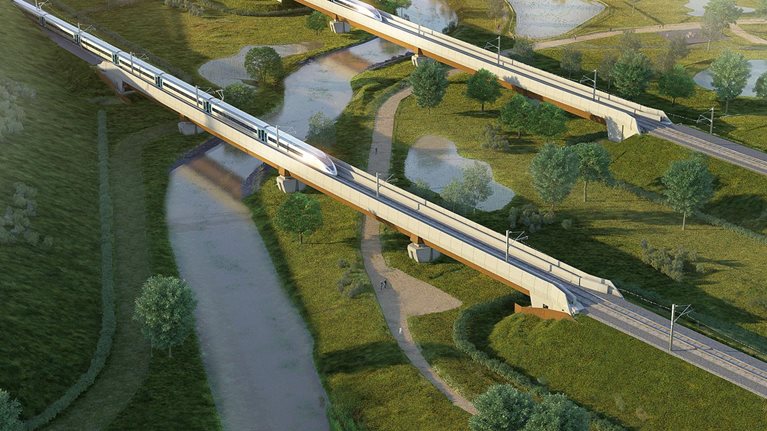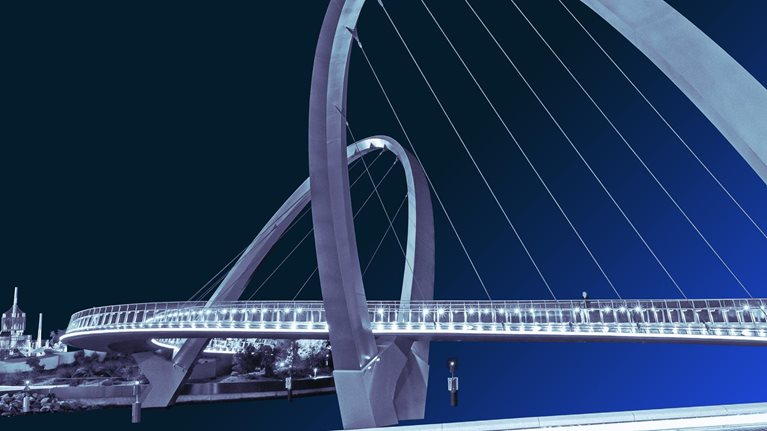While most infrastructure assets are exposed to the impacts of climate change, transport infrastructure is particularly vulnerable and also critical to socio-economic stability. Adaptation will require robust resilience and risk reduction planning for existing and new assets, to counter the likely increase in natural disasters and extreme weather events. Successful planning and execution will require cooperation across the full value chain, including owners, investors, contractors, operators and regulators.
On October 19, 2021, GII hosted a peer-to-peer virtual roundtable discussion with senior leaders from Europe, the UK and North America, representing the rail, road, and airport segments. The goal was to share ideas and best practices on how to prepare for the impact of climate change on transport infrastructure. The key themes that surfaced from this roundtable are summarized below:
- Prepare for increasing climate impacts on transport infrastructure. While participants listed many climate-related risks—such as heat, storms, wildfires, and tornadoes—already impacting their transport assets, flooding was cited as the greatest resilience risk. Of the world’s 100 busiest airports, 25 percent are less than 10m above sea level, heightening their risk of disruption resulting from precipitation flooding and hurricane storm surge. Rail assets are similarly at risk of service disruption and damage as a result of storms and flooding. Roads require significant flood depths or flows to suffer major physical damage, but speed reductions during flooding can increase travel times by between 10 and 55 percent.
- Use data, analytics, and new technologies to better prepare for and respond to climate events. Collaborating with climate scientists to apply the latest technology, data and analytics, can result in powerful predictive models to boost asset risk management. These models can help detect vulnerable assets, quantify potential impact, and define and prioritize key actions, based on cost-benefit analyses. Done proactively, and in collaboration with other stakeholders, such measures can reduce the exposure of the network to damages and help manage customer expectations.
- Update design manuals to the new reality. The anticipated impact of climate on transport assets has change dramatically over the past 30 years but the design criteria have not kept pace. Participants stressed the importance of incorporating the latest climate science and data into the design criteria of infrastructure assets. For example, the Munich Airport have increased size of their storm water culverts to manage more intense precipitation events.
- Leverage stimulus funding to build-in climate resilience. Stimulus funding, resulting from the pandemic and net-zero targets, could be used to finance future-proofing of critical assets. The European Green Deal is a good example of how this could work, providing the strategy, funding, and a supporting regulatory framework. However, collaboration between the public and private sector will required to determine the source of this funding, and how asset owners and operators will access this funding.
- Improve communication and collaboration across key stakeholders. Leaders from across the value chain would benefit from sharing information and collaborating to realize this common goal. For example, better channels of communication between climate scientists, government, investors, asset owners, contractors, and customers will likely result in both improved resilience and realistic expectations.
- Develop the organizational capabilities and skills to meet the challenge. Many organizations currently do not have the organizational capabilities or skills to adequately assess, manage, and prepare for anticipated future climate events. Building these capabilities internally, and collaborating with organizations that have these skills is a high priority for the transport industry.


